- Joined
- 29 November 2010
- Messages
- 1,775
- Reaction score
- 3,479
the owner's name is already on the pictureThank you, Manuducati.
To others: Always. Give. Your. Sources
the owner's name is already on the pictureThank you, Manuducati.
To others: Always. Give. Your. Sources
i do my bestIndeed it is, I apologize for my harshness. It was the result of a rush of unattributed material in other threads, the low point being an image from a gamers' site, presented as an example of which direction AFV-development might take.
The diorama image fooled me too, compliments to its maker.
Do provide sources, though
The Iranian Tomcats have a few nice pictures well not with F-16s but other interesting thingsyup its a very great model! Iran never received F-16s
but I remember back in the days this image floated around

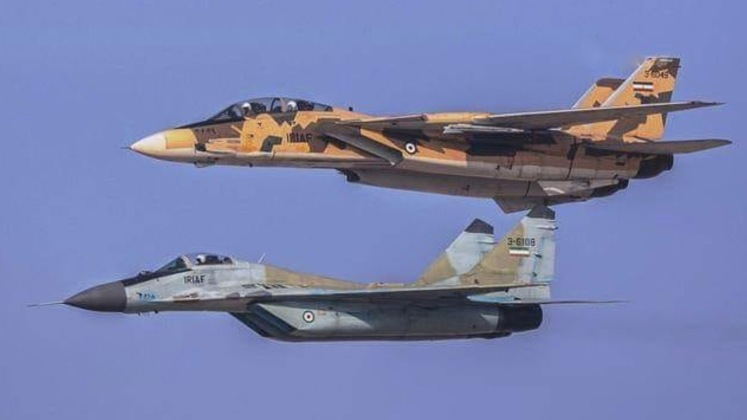
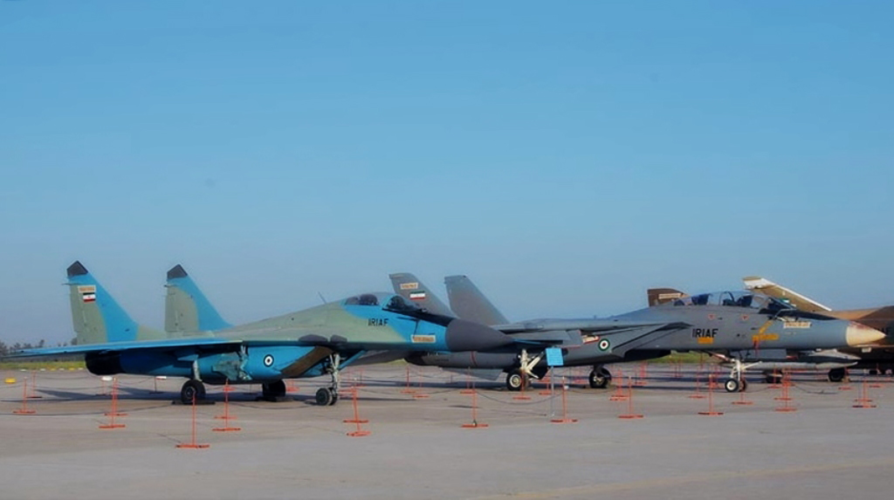
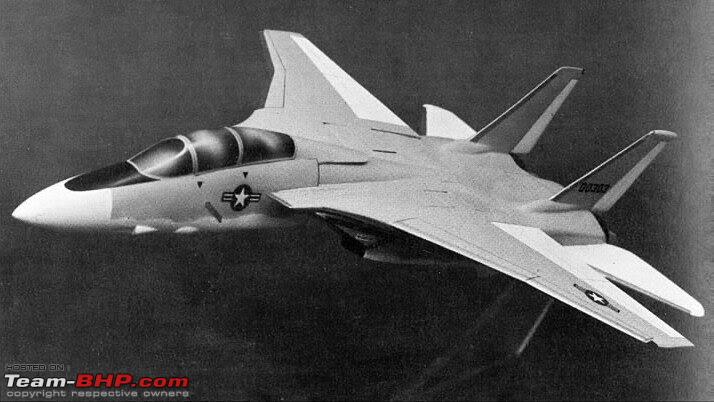
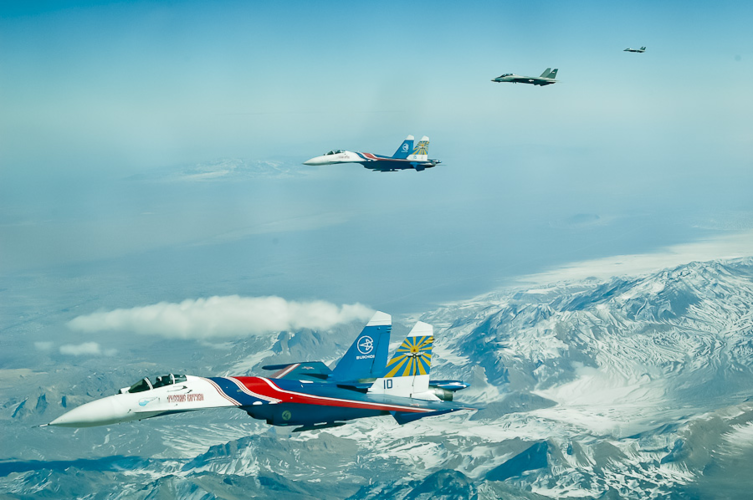
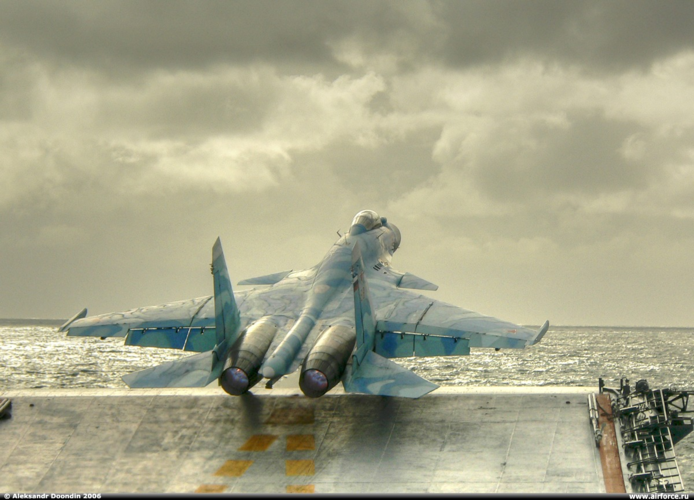
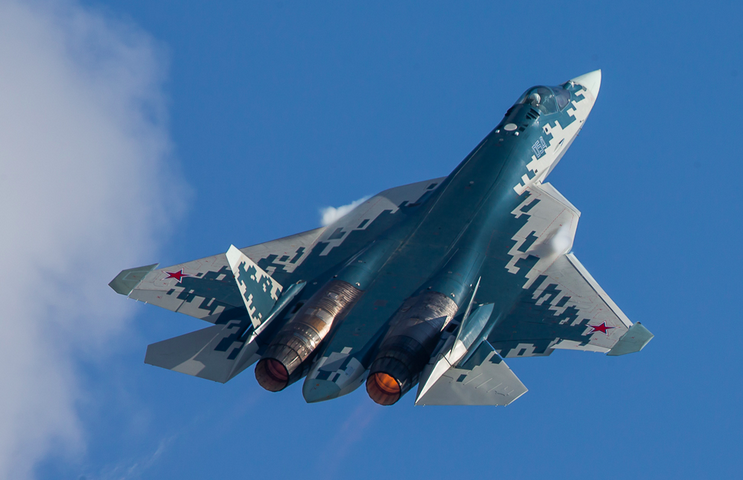
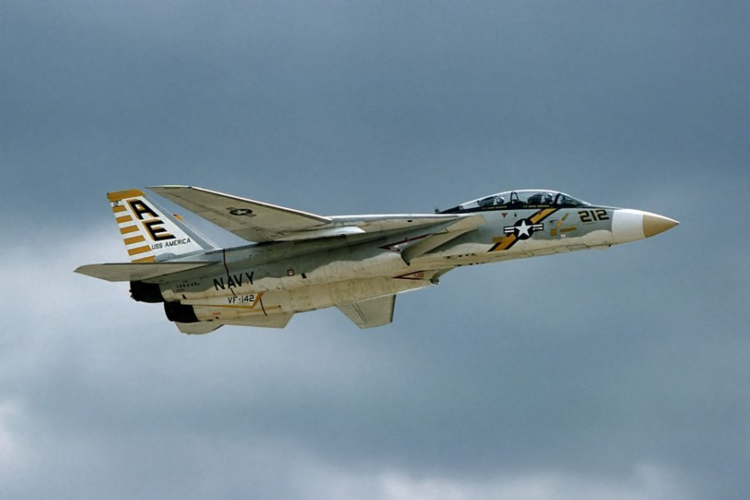
The MiG-29 is in no way, shape, or form a mini-Tomcat. They were designed for completely different missions and roles. You really need to stop comparing the two. The aircraft that's actually comparable to it, is the F/A-18A and C models.The MiG-29 is a mini Tomcat with single seat crew, fixed wing.
I was there for the arrival of the F-14 that the Prairie Aviation Museum was receiving - had a spot on the control tower balcony and was pumped for the opportunity. The aircraft made one pass then had a partial electrical failure which led to an immediate landing. Bummer....The last flight of the F-14 Tomcat in US service took place October 4, 2006, with the final flight retirement ceremony on September 21, 2006. Two F-14’s were readied for the ceremonial final flight; after the primary plane experiencing mechanical problems, a backup was flown instead. The failure was a reminder of one of the reasons for the retirement, high maintenance costs. The F-14 Tomcat was officially retired on September 22, 2006 at Naval Air Station Oceana. The F-14 fleet is mothballed at the Davis-Monthan “Boneyard.”Can you provide any substantive evidence that the F-14's variable geometry wing had a very high need for maintenance? Any source documentation? Do you know what the top 10 maintenance drivers were?
Protip: source documentation (not endlessly repeated web comments) will build your case.
Grumman F-14D Tomcat – Prairie Aviation Museum
this is a museum of aviation thus you can consider it a good source.
Now this is an official source consider here they say money matters early in the F-14 program Grumman was delivering an overpriced jet and not achieving the goals upon the budget they promised here are some extracts
A valid schedule variance could be determined by comparing the planned value of work scheduled versus the planned value of work accomplished (PVWA). Likewise, a valid cost variance could be determined by comparing the planned value of work accomplished with the actual cost incurred to complete this same accomplished work. For example, assume that the contractor scheduled $50 worth of planned work but only accomplished $30 worth of this planned work at an actual cost of $100. In this case, an unfavorable cost variance of $70 (actual costs - PVWA) and an unfavorable schedule variance of $20 (PVWS - PVWA) would result. However, in the CASSR this condition would be reflected as an unfavorable current variance of only $50 (actual costs - PVWS). Further distortion would arise if PVWS and actual costs were the same. For example, if PVWS is $100, PVWA is $30, and the'actual cost for this work is $100, then the current variance as reported in the CASSR would be zero (PVVWS - actual costs), while there should be both a $70 unfavorable cost variance (actual costs - PVWA) and a $70 unfavorable schedule variance (PVWS - PVWA). We therefore believe that the current variances as cited in the Cost Account and Summary Status Report are not meaningful.
The estimated cost progression of the program is as follows: Date Quantity Estimate Unit Cost Jan. 13, 1969* 469 $6, 166 million $13.1 million June 30, 1969 469 $6,373 million $13.6 million June 30, 1970 722 $8,279 million $11.5 million June 30, 1971 313 $5,212 million $16.6 million
See that originally they were going to purchase 469 aircraft at a price of 13.1 million dollars but by 1971 it went down to 313 aircraft at a price of 16.6 million dollars.
this of course inpacted the F-14B since they say
Most of the total net cost reduction is due to the change in quantity planned for production. The increases in estimated costs were primarily attributed to inflation, the crash of the first aircraft, and development problems on the advanced technology engine. The unit cost has risen primarily due to the development cost being appropriated over fewer aircraft.
He means in terms of layout (widely spaced engines, boat-tail) not roles. F-18 has tightly packed engines.The MiG-29 is in no way, shape, or form a mini-Tomcat. They were designed for completely different missions and roles. You really need to stop comparing the two. The aircraft that's actually comparable to it, is the F/A-18A and C models.The MiG-29 is a mini Tomcat with single seat crew, fixed wing.
in terms of mission, yes you are correct.The MiG-29 is in no way, shape, or form a mini-Tomcat. They were designed for completely different missions and roles. You really need to stop comparing the two. The aircraft that's actually comparable to it, is the F/A-18A and C models.The MiG-29 is a mini Tomcat with single seat crew, fixed wing.
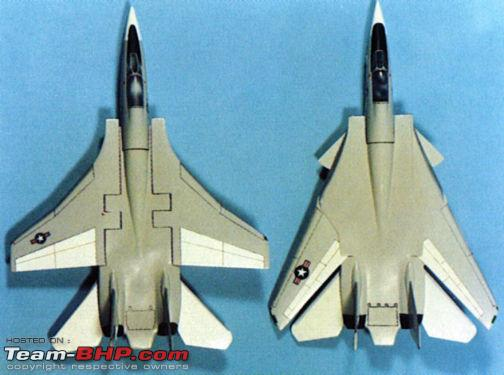
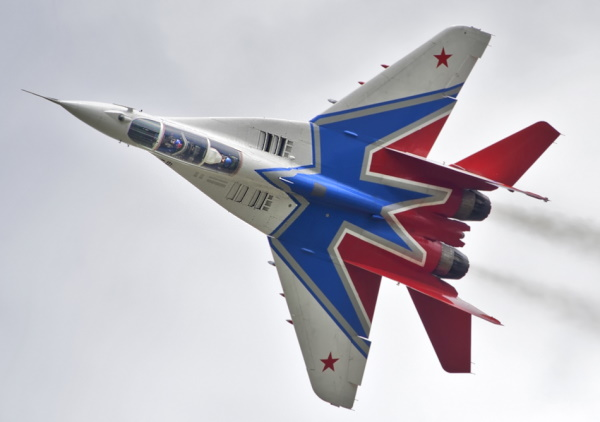
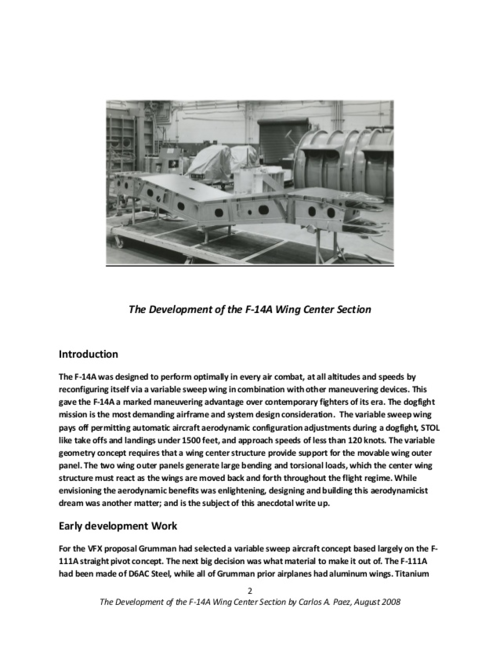
I was an engineer on the Kitty Hawk when VF-154 was still there. I was always an avid aviation fan so I spent a lot of free around the cats, I did a lot of "hook up" jobs for the squadron and since I was the number 1 attack team leader for the Flying Squad I was the most junior and most easily accessible person who could sign off and hold training for damage control qualifications. AND I'm the only engineer, I was an HT to have ever worked on the Tomcat doing so as an HT, but that is a story for another time. While I saw them work on many things and the entire underside was drip pan against drip pan the wing wasn't something they seemed to have to work on outside of basic checks and PMS. I've also seen VF-154 F-14a's go up against and DOMINATE SU-24's and 27's but that would also be a story for another time.Let me explain my self better.We're going to have to since I'm really getting tired of the shifting goal postslets settle to agree to disagree.
The F-14 belongs to the late 1960s early 1970s aviation trend of using Variable Geometry wings.
In example we have MiG-23, Mirage G8, Tornado, Su-17/20/22, Su-24, F-111, Tu-22M, B-1B and later Tu-160
Variable geometry wings do have a problem, they are difficult to maintain because they are fixed to the fuselage with a rod or pivot
View attachment 658111
this structure requieres more maintainance, than a regular wing
View attachment 658112
So while technically a F-14 with better engines could compete with F-15, its maintainance time and availability was going to be lower.
Let us remember the Russians built close to 4000 MiG-23M/ML fighters, but since the 1990s, all were decomissioned in most countries, even in Russia.
To answer that you have to see, the F-14 as well as the MiG-23 were fighters that means with better engines in both aircraft, the structure was going to be put into more stress more and more time.
On Panavia Tornado since it is a interceptor well that was not as bad, on Su-24 or Tu-22M for example that was no trouble they are not dogfighters, so maintainance demands are of lower fatigue.
Early MiG-23s suffered troubles with the wing and were limited to lower G forces than late MiG-23s.
So at the end the decission by Grumman to use variable geometry wings did backfire at them.
Like the MiG-23 they needed to retire it.
On B-1B you have tiny canards near the nose of the aircraft, Su-33 took the idea for controlability and ride on Su-34.
on B-1B once the wings swept back the tiny canards help the ride and controllability.
If you ask me from my personal opinion what F-15 could had replaced the F-14 i would have said this, but this flew many years later
View attachment 658113
So to finish is not that the F-14D was not a excellent fighter, but it was too expensive and at the end affordability is a factor.
On F-14A the TF-30 was due to affordability, and the factor despite the tomcat is called a dogfighter, it real niche was of an interceptor, as such was the less agile of the teen fghters due to high maintainance, so due to high maintainance it was better to fly the F-14 as an interceptor and not as a dogfighter.
F-18E then was a better and more affordable solution; by using TF-30 the Variable geometry allowed lower drag so it compete with F-15 despite having lower thrust.
But the reality is in retrospect variable geometry wing is the reason F-14 was retired and we still have F-15EX going to be manufacture in the 2020s despite F-14 flew for the first time only a year ahead of F-15.
It is sad but it is the truth
“Back in the 1960s there was a need to vary the airplane’s geometry,” says Captain Don Gaddis of Naval Air Systems Command, a former Tomcat pilot and current program manager for its replacement, Northrop Grumman’s F/A-18 Hornet. On the F/A-18, “we’ve learned how to optimize the wing design so that the aircraft can carry out its functions” without changing geometry.
Let's go a different direction with this, the Tomcat keeps it's iconic wing all the politicians who put petty bs ahead of national defense all happen to be in the same crashing aircraft... The F-14A is built as originally intended which is pretty much a D but with AWG-9. The chair force is told to sit down and shut up as they were about to get blanket partied by the other branches. The F401 is a success and the fixed wing Tomcat optimized for land becomes the F-15....One of the designs for the Tomcat replaced the swing wings with a fixed wing. Such as the 303F
What if, in this alternate history.. Grumman decided to go with a fixed wing instead of a swing wing.
Then the question becomes
- How would its performance characteristics be like with a fixed wing?
- Would it be less maintenance intensive?
- Cheaper to operate?
- Would more or less countries have interest in it?
- Would it last longer in service?
- Would it have better payload capabilities?


The Iranian Tomcats have a few nice pictures well not with F-16s but other interesting thingsyup its a very great model! Iran never received F-16s
but I remember back in the days this image floated around

View attachment 658740
These are two of my favorite aircraft, and with little insight, are related to the topic.
The MiG-29 is a mini Tomcat with single seat crew, fixed wing.
View attachment 658741
If I am honest I see the MiG-29 as the fixed wing Tomcat variant just with better design in terms of aerodynamics.
Leading edge root extensions to reduce wing size and increase lift, fully ventral intake position to enhance air suction under the wings to improve AoA.
The wing planform of the F-16 is effectively that of a cropped delta with a 40-degree leading edge sweep. The wing has 4 percent thickness/chord ratio, and the aerofoil section is 64A204. The wing structure incorporates five spars and 11 ribs. Upper and lower wing skins are one-piece machined components. From left to right, the wing gradually blends with the fuselage, making it impossible to tell where the wing begins and the fuselage ends. This wing/body blending made it possible to increase the internal volume, enabling more fuel could be carried. In fact, 31 percent of the loaded weight of an F-16 is fuel, accounting for the long range of the Fighting Falcon. Gradually increasing the thickness of the wing in the region of the root resulted in a stiffer wing than would have been possible with a conventional design.
In forward-to-aft planform, the wing leading edge blends smoothly with the fuselage by means of leading edge strakes. At high angles of attack, these strakes create vortices which maintain the energy of the boundary air layer flowing over the inner section of the wing. This delays wing root stalling and maintains directional stability at low speeds and high angles of attack. Vortex energy also provides a measure of forebody lift, reducing the need for drag-inducing tail trim. By keeping the inner-wing boundary layer energized, the strakes allowed the wing area to be kept smaller, saving about 500 pounds in weight.
The strake also increases the total lifting area, but it is usually not included in the reference planform area
Nose strakes offer significantly improved lateral/ directional performance with a minimum increase in wetted area and little effect on longitudinal characteristics. Forebody strakes provide beneficial linearlization of the pitching moment curve, improved maneuver lift, and in some cases, improved lateral/directional characteristics. Although the application of the strakes is highly configuration-dependent and optimization will undoubtedly require tunnel testing, initial design guidelines have been developed and several recommendations can be forwarded. Design guidelines have been developed that
Aerodynamic of Forebody and Nose Strakes Based on F-16 Wind Tunnel Test Experience Volume I: Summary and Analysis C. W. Smith, J. N. Ralston, and H. W. Mann CONTRACT NASl-1
Grumman never saw what Sukhoi and GD did see
.View attachment 658747View attachment 658743
The Su-27 was to my personal opinion the truly enhanced Tomcat
View attachment 658744
The Su-33 had similar weight to an F-14 but instead of using a bigger wing they used canards and reduced LEX, higher power Al-31, basically Su-33 is the fixed wing Tomcat.
View attachment 658745
I think in the Russian design school F-14 really influenced their design school.
View attachment 658746
I think F-14 still lives in the Su-57, but as a 1970s kid I still will consider the Tomcat my favorite aircraft, and the ghost riders camo as my favorite camo, long life to the F-14 the coolest aircraft ever
Not really. The meteors can reach out like a modern-day AIM-54-type missile, but the Rafale doesn't have the range or loiter ability (BTW one proposal for an AIM-54 replacement looked like a ramjet-powered, scaled up AIM-7 Sparrow with 2 mid-body wings to allow it to "fly' through turns with less drag induced).With a pair of meteor AAMs, flying out of CdG under control of a Hawkeye... Rafale come close at least.
They did that to at least one of them.You could make a Tomcat with the B-1's F101 engines. Its wider, which would make low drag back end design harder, but its higher bypass ratio means lower cruise fuel consumption so it would fly further and be good for loitering CAP type missions. You'd need to use the afterburner more to go supersonic and in dogfights, but I think the overall tradeoff would be acceptable.
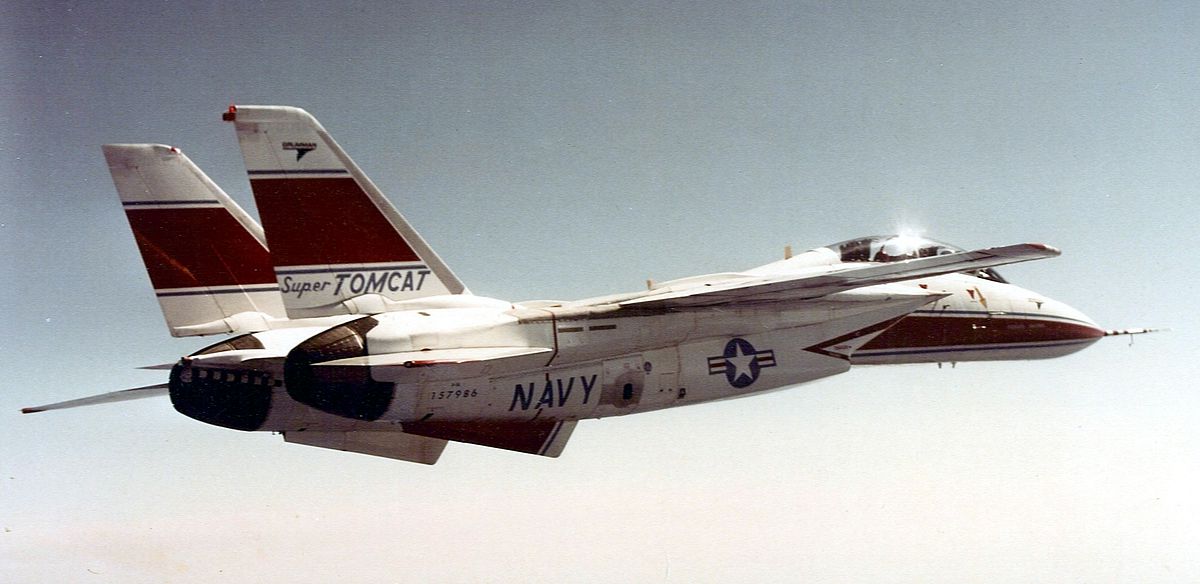
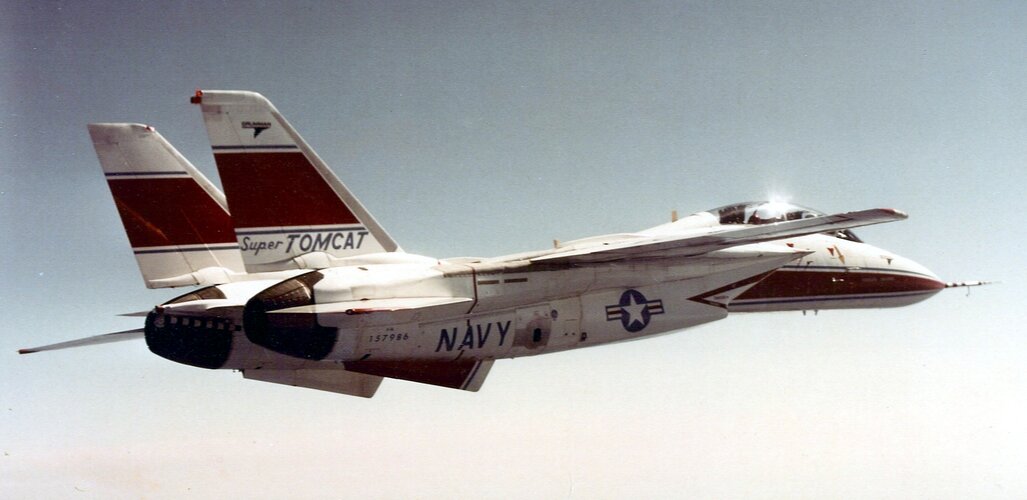
they are kind of true but not totally true.
Variable Goemetry offered very low speed flight.
F-15 has a lighter wing which proves Grumman was lying, the wing loading of F-15 is lower than the F-14.
View attachment 658042
However we have to consider wing swept, at low speed the ride of F-14 is better.
Su-27 added canards when navalized and MiG-29K a new wing when it was deployed operational.
View attachment 658043
Su-27 was chosen to lower speed approach over the MiG-29.
So a fixed wing would had needed a bigger wing and that is correct, so the variable geometry choice was correct for a 1970s aircraft
Under what circumstances? The F-14 starts with roughly 3000lb more fuel than an Eagle does, (unless the Eagle is wearing CFTs), and both the TF30 and F110 have a lower TSFC than the F100 engines that powered the Eagle. The only way I can see an Eagle having greater range than a Tomcat is if the former has CFTs fitted. I might be missing something there though.They did not lie. The F-14 had some very strange requirements and these put swing wings at an odd favor. Most of all the loiter time, but also approach speed. Performance-wise the F-14 was a duck compared to the F-15, and strange enough the range is also worse (also because of the low fuel fraction).
Can't imagine Grumman wanted fixed wings in the 1960ies, because swing wings were hot s### those days and everybody wanted them, even if they needed to find reasons.
Which aircraft has the better range really depends on the mission and loadout. I've looked at the SAC sheets for the F-14A from 1977, and the F-15C from 1976. And these are the numbers I've found (keep in mind, the Navy and Air Force had very different missions for their respective front line fighters, so the numbers are not going to be an exact one to one comparison).Under what circumstances? The F-14 starts with roughly 3000lb more fuel than an Eagle does, (unless the Eagle is wearing CFTs), and both the TF30 and F110 have a lower TSFC than the F100 engines that powered the Eagle. The only way I can see an Eagle having greater range than a Tomcat is if the former has CFTs fitted. I might be missing something there though.
As to the F-14 being inferior to the F-15 performance-wise, that was primarily due to the criminally low thrust output of the TF30 that most of the Tomcat fleet had to deal with. Since the F110 didn't exist when the Tomcat was first introduced, the Navy's options were essentially the TF30, F100/F401, and the F101. Of those, the F401 would seem to be the best option, but unfortunately it got canned. So from the remaining engines the Navy could still have chosen better than the TF30, either the F100 or the F101. From a sheer thrust output perspective, the F101 comes out on top with ~30,000lbf in afterburner, but it's also the heaviest of the lot at 4,400lb per engine. It has basically the same thrust-to-weight ratio as the F100, but the F101 has considerably better cruise TSFC than the F100, so in theory it was the best match for the Tomcat in the 1970s (excluding the F401). Proper engines would have rectified the main performance issues of the Tomcat, as the F-14B/D with the F110 engines later demonstrated.
Combat radius for the A is supposedly 765 miles for the F-14A, vs 790 for the F-15. Not sure if that 790 number is for an Eagle with CFTs or without, though I suspect the former. I would imagine that the F-14B/D would have had somewhat greater combat radius than the F-14A due to their more efficient engines.
Range source for the F-14A: https://www.combatairmuseum.org/aircraft/grummanF14A.html
Uhm, F101 says hi. Not the F101 DFE that became the F110, the exact same engine as used in B-1s.The F-14 was never intended to go into production with the TF30s, they were just for the early few F-14s to speed development of the aircraft However reliability and cost problems with the F401 (a derivative of the F100 that was supposed to be the production version for the Tomcat) forced the Navy to stay with the TF30 until the arrival of the superb F110. Until the F110 there were no better engines for the USN to provide. The Navy simply wasn't going to be provided the funds necessary to develop a new engine on its own.
Dang, that is outstanding work!!! (where's the "mind blown" emoji on this forum?)It's a plastic model - there's a guy who builds great models and dioramas and takes photos outside in natural daylight.
F101 is a bit too big. 2:1 bypass ratio makes it larger and wider than optimum for F-14.Uhm, F101 says hi. Not the F101 DFE that became the F110, the exact same engine as used in the B-1
Bigger than optimum, but a viable option that was absurdly better than that (*spits*) TF30.F101 is a bit too big. 2:1 bypass ratio makes it larger and wider than optimum for F-14.
I think a 55" diameter might be too big to fit in the nacels. The TF30 was only 49", the F110 was 46.5" and the F401 was 50.5". I know it doesn't sound like much, but those couple inches can be make or break when it comes to installing an engine in a fighterBigger than optimum, but a viable option that was absurdly better than that (*spits*) TF30.
Yep. Now even if we assume that Grumman can fit an F101 inside the engine pod (a very tight margin), no doubt the work needed to navalize the engine would make it bigger and heavier in some way. They had separated F110-1XX and 4XX for a reason! And that could require a bigger nacelle to accomodate the new engine. But a super cruising F-14 is cool...I think a 55" diameter might be too big to fit in the nacels. The TF30 was only 49", the F110 was 46.5" and the F401 was 50.5". I know it doesn't sound like much, but those couple inches can be make or break when it comes to installing an engine in a fighter
On the other hand, it's a pod, so design new pod that will fit the monster.I think a 55" diameter might be too big to fit in the nacels. The TF30 was only 49", the F110 was 46.5" and the F401 was 50.5". I know it doesn't sound like much, but those couple inches can be make or break when it comes to installing an engine in a fighter
Yeah, the USN was never going to do that after the hell that McDonnell Douglas went through trying to cram the Spey into the Phantom. And as you said, the cost to do so would be more than just finishing development of the F401On the other hand, it's a pod, so design new pod that will fit the monster.
Yes, that's more expensive than finding/making a new engine that would actually fit.
It should be noted that iran loved the phenix so much they migivered hawk missiles onto there f-14s inorder to maintain the capability, and Russias "awack killer" missiles have been there most successful air to air ordnance in the war in Ukraine. Because when it comes to bvr missiles energy is far more important then manuverability (were as for wvr missiles manuverability is more important then energy).Because the US Navy never used the Phoenix against the threat it was designed for. The AIM-54 was not meant as an anti-fighter weapon and fared poorly against maneuvering targets. It was meant to shoot down Soviet MPAs and bombers. Had the USN ever engaged Soviet Naval Aviation, I feel pretty confident that the Phoenix would have racked up an impressive number of kills
The fact is that this is the F-14. Therefore, the first production Su-57 crashed on its first flight, like the first F-14. There is always some variation so that the obvious does not catch the eye.I think in the Russian design school F-14 really influenced their design school.
